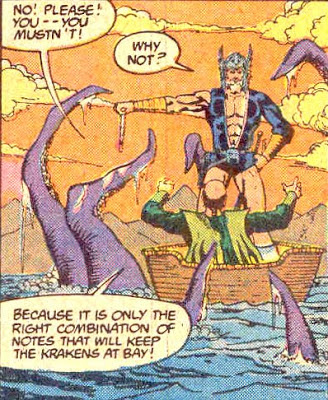Attributes: Force 8, Cunning 5, Wealth 7
Hit Points: 49
Assets: Space Marines/Force 7, Planetary Defenses/Force 6, Strike Fleet/Force 4, Zealots/Force 3, Pretech Manufacturers/Wealth 7, Marketeers/Wealth 5, Organization Moles/Cunning 5, Cyberninjas/Cunning 3
Tags: Theocratic, Planetary Government
The Instrumentality of Aom is a theocracy controlling several systems in the Orion Arm and providing spiritual guidance for the faithful scattered throughout many more. It aggressively seeks to expand its sphere of influence, primarily by peaceful conversion, but it’s not opposed to violent conquest.
“Aom” can be many things (depending on the context and the audience) but is generally described as both the godhead and the godhead-receptive spiritual being complex. Church liturgy often uses litanies of statements of opposites to analogize the ineffable Aom.
Church hierarchy has both an exoteric and esoteric version of its history--and the exoteric version is carefully crafted for a given audience and prone to revision with each doctrine update. The esoteric version conforms to known history in most respects. The faith had its origins in the early days of the Radiant Polity. Two memetic engineers working for a political action group became interested in ancient forms of spirituality and embarked on a private project. The Church views this as divine inspiration; whatever the case, the engineers set their ais to synthesizing a belief system from the commonalities of the “paleo-faiths” still extant within the human sphere: Trimurtitarianism, Prosperity Wicca, Mantrayana Hubbardism, Santerislam, Metaqabala, Ghost Dance Sufism, the Tao of the Taheb, veneration of the Mahdi Magdalene, various public domain forms of Corporate Confucianism, and others.
The first version spread rapidly after release into the Polity noosphere. Soon, various permutations of the faith were being practiced in different systems. Conflict between sects followed. The developers were both martyred in the first twenty years of the faith’s existence. The sectarian strife and clashes with other memes intensified over decades and eventually tore the Radiant Polity apart.
The Instrumentality was one of the entities to emerge from the four centuries of chaos that followed. The numerous sects had been winnowed down to a single orthodoxy with a rigid hierarchy. While the Instrumentality’s evangelists revise doctrine to best win converts, on the worlds already under church control it’s rule is uncompromising, even if it’s actual tenets are sometimes vague.
6 hours ago












.jpg)













